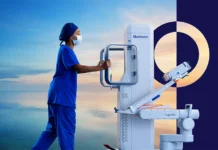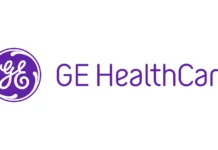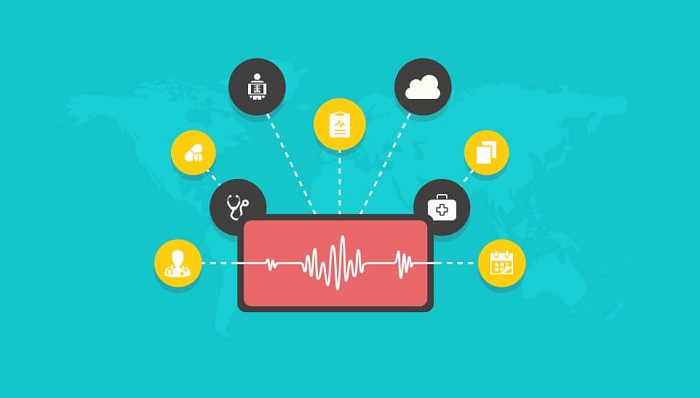Emergencies are common occurrences in hospitals. Nevertheless, health facilities must determine the best ways to deal with possible crises.
Often, technology can help. Read the five examples below to learn more.
1.Predictive Analytics to Minimize Outbreaks
Hospital staff gear up for flu season each year with practiced efficiency. They gather data about regional and national trends and determine the possibility of a flu epidemic. However, some facilities take prevention a step further with predictive analytics.
At Detroit Medical Center, predictive analytics software examines medical records to find instances of patients with flu-like symptoms. It also evaluates the likelihood of a person receiving a flu vaccination.
The system aids users in finding patients who are at least 75% likely to develop the flu within the next two to three months. After, hospital representatives start outreach campaigns to connect with vulnerable individuals.
Some organize free flu shot clinics in areas with an above-average rate of unvaccinated people. Alternatively, they might send texts or visit homes of unvaccinated individuals to encourage them to vaccinate.
These measures do not mean a flu outbreak won’t happen. Instead, they inform hospitals about when one may occur and which facilities may get hit hardest.
2. Telehealth to Streamline Care Coordination
Telehealth advancements enable people to get medical help without leaving their homes. Furthermore, some hospitals are assessing ways to use technology to help remote parties assist after disasters. A distributed communications platform would allow health care professionals to support emergency services in any given area.
Telephone or video conversations can help specialists deliver care fast. When a natural disaster causes immense damage to a hospital’s facilities, mobile telehealth units could improve patient care without major hiccups.
If the line of communication is open during challenging circumstances, teams on the ground can discuss specifics when it comes to injury and illness. Remote professionals can guide rescue workers on how to treat and aid those affected.
3.Satellite Mapping to Determine Disaster Areas
Floods can also put strains on hospitals and their employees. It often takes days for floodwaters to recede, meaning a prolonged period of increased demand at local health care facilities. Plus, it’s often impossible to assess flood damage until water levels go down.
Researchers at the University of Connecticut recently developed a satellite mapping technology to tackle these challenges. They claim it’s an efficient method for evaluating damage soon after a flood hits. The team thinks their achievement could lead to better flood forecasts.
Local authorities can skillfully address mass casualty incidents (MCIs) when they have information about potential and actual damage. An MCI — any emergency with multiple deaths — can fall into several categories, such as active shooter situations, terrorist acts and natural disasters.
An MCI often requires numerous emergency responders and reliable communications between various groups on the scene. When satellite maps confirm flood damage, it’s easier for emergency responders and hospital employees to understand what to anticipate.
Members of the University of Connecticut group who built this technology say it’s completely automated. There’s no need for humans to interpret the results to get the most meaning from them.
4. Chatbots to Help Treat Symptoms at Home
When some feel sick, they make a beeline for the emergency room, especially those without a primary care physician. Health organizations believe chatbots could cut down on emergency room visits for non-life-threatening sickness.
A hospital chain in Northern California called Sutter Health launched a chatbot in 2019 that helps users learn whether their symptoms warrant urgent treatment. After one tester used it during suspected food poisoning, the verdict came out — chatbots won’t replace doctors, but they could help them.
For example, a physician might refer to the chatbot transcript to save time when asking about symptoms. One chatbot, known as Ada Health, gives users a range of options for treatment based on their responses. The influx of information has a calming effect on anxious people, helping them realize they don’t need to dash to the emergency room.
Hospital staff could also use chatbot interactions to prepare for potential influxes. For example, if an above-average number of users confess severe food poisoning, hospital workers might call in additional staff or communicate with the health department.
5. E-Triage Systems for Better Resource Allocation
The triage process determines which patients need prioritized care. High-tech systems could help employees make decisions faster.
One so-called e-triage tool uses machine learning to compare an incoming patient’s information with data from similar patients. The system identified 10% more people likely to experience critical outcomes. Selected patients could benefit from faster treatment. With these resources, hospitals can prioritize patients with genuine emergencies.
Hospital workers are accustomed to dealing with urgent situations, but they wouldn’t mind extra support. The five examples above, like predictive analysis and smart chatbots, prove technology could be the solution.


















